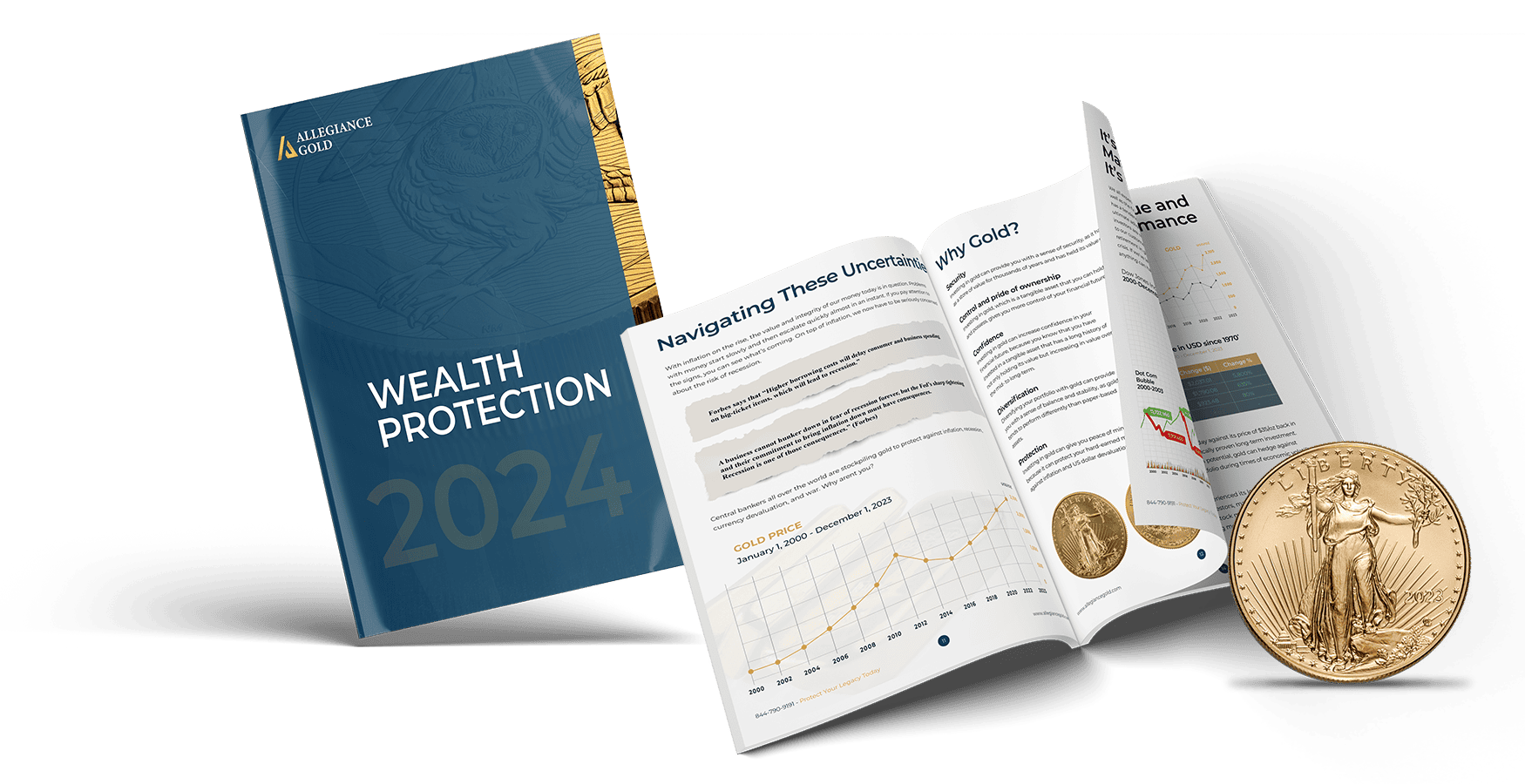A retirement account allows you to save money for your retirement in a tax-advantaged way, through either a tax-free growth or on a tax-deferred basis. To have a comfortable retirement, according to top leading financial experts, you will need to supplement at least 80% of your pre-retirement income. Social security benefits along with an employer-sponsored savings plan, such as a 401(k), might not be enough to accumulate the savings you need. Fortunately, you can contribute to both a 401(k) and an IRA.
Traditional IRA:
A traditional IRA is a type of retirement account that lets you invest pre-tax dollars and allows your earnings to grow tax-deferred. While your contributions are qualified for tax deductions, you will pay taxes on your investment gains only when you make withdrawals in retirement.
Roth IRA:
A Roth IRA is is a great, tax-efficient way to save for your retirement, because it’s a type of retirement account that you fund with after-tax dollars. While your contributions are not tax deductible, your future withdrawals are tax free.
401(k):
A 401(k) is a retirement savings plan sponsored by an employer. It allows workers to save and invest a portion of their paycheck before taxes are taken out. Some employers have matching contributions, with the most popular being 3%. Similar to a traditional IRA, taxes aren’t paid until the money is withdrawn from the account.
SEP IRA:
A Simplified Employee Pension (SEP) IRA is a type of traditional IRA for self-employed individuals or small business owners.
Simple IRA:
A SIMPLE IRA, or Savings Incentive Match Plan for Employees, is a type of traditional IRA for small businesses and self-employed individuals. As with most traditional IRAs, your contributions are tax-deductible, and your investments grow tax deferred until you are ready to make withdrawals in retirement.
TSP (Thrift Savings Plan):
A TSP serves as a defined-contribution plan designed to give federal employees some of the same retirement-savings benefits offered to workers in the private sector. TSP can either be tax-deferred (traditional) or tax-exempt (Roth).
403(b):
A 403(b) plan, also known as a tax-sheltered annuity (TSA) plan, is a retirement plan that is administered by state or local governments and offered to employees of public schools and certain charities, tax-exempt organizations, and other nonprofits.
457(b):
The 457(b) plan is a type of nonqualified, tax-advantaged and deferred-compensation retirement plan that is available to governmental and certain non-governmental employees in the United States. Employees defer compensation into a 457(b) account on a pre-tax (traditional) or after-tax (Roth) basis.
Pension Plan:
A pension plan is a form of Defined Benefit (DB) retirement plan. These pensions provide a set level of income in retirement. The taxable part of pension payments is generally subject to federal income tax withholding.


 Custom Precious Metals IRA
Custom Precious Metals IRA



